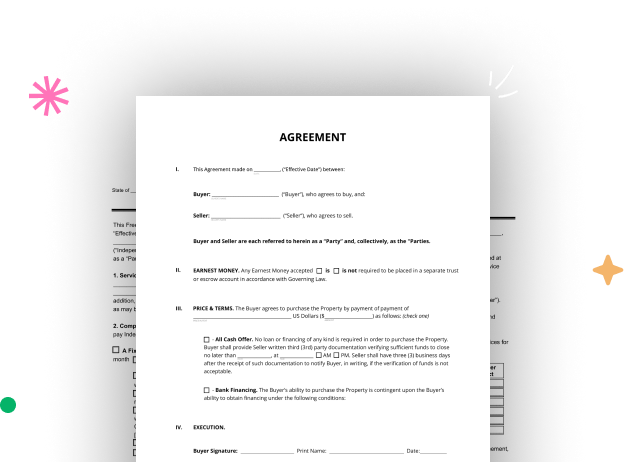

First, log in to your DocHub account. If you don't have one, you can simply register for free.
Once signed in, navigate to your dashboard. This is your main hub for all document-based processes.
In your dashboard, select New Document in the upper left corner. Hit Create Blank Document to put together the Drainage Agreement Form from a blank slate.
Place various elements like text boxes, images, signature fields, and other elements to your template and designate these fields to particular individuals as required.
Personalize your template by adding guidelines or any other necessary information utilizing the text option.
Meticulously check your created Drainage Agreement Form for any errors or essential adjustments. Utilize DocHub's editing tools to enhance your form.
After completing, save your file. You may choose to retain it within DocHub, transfer it to various storage options, or forward it via a link or email.